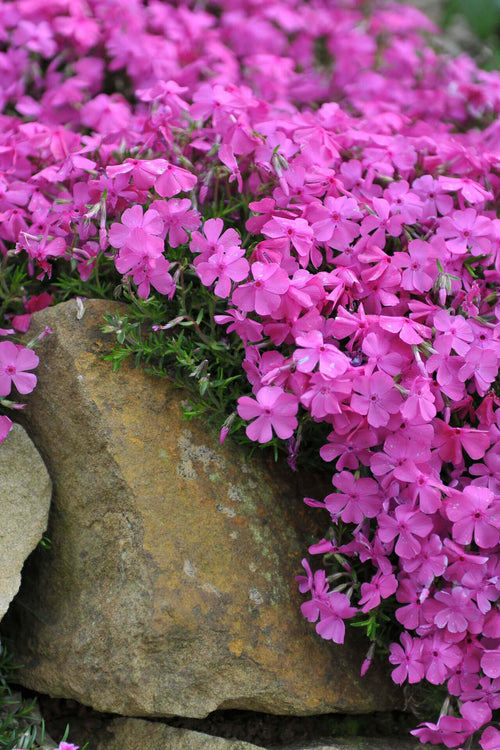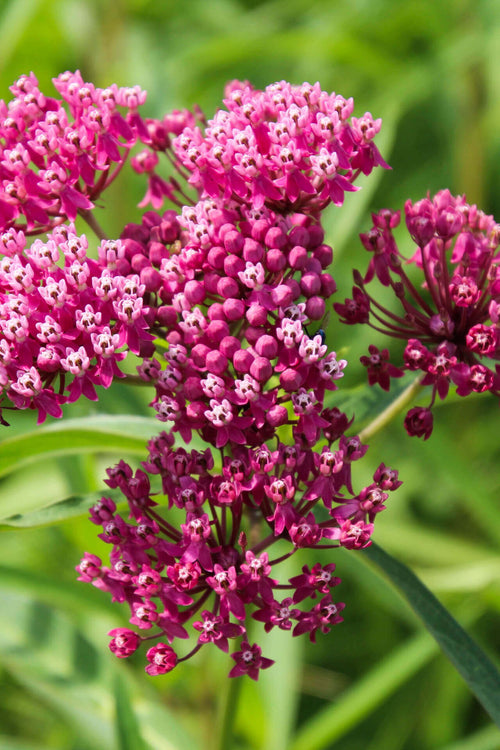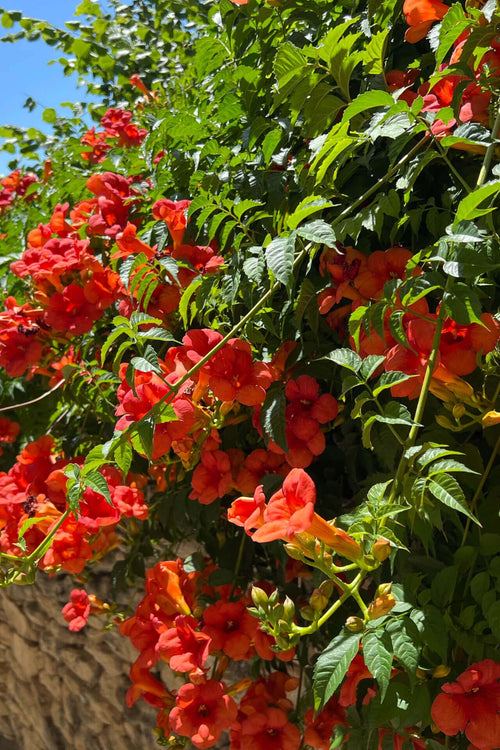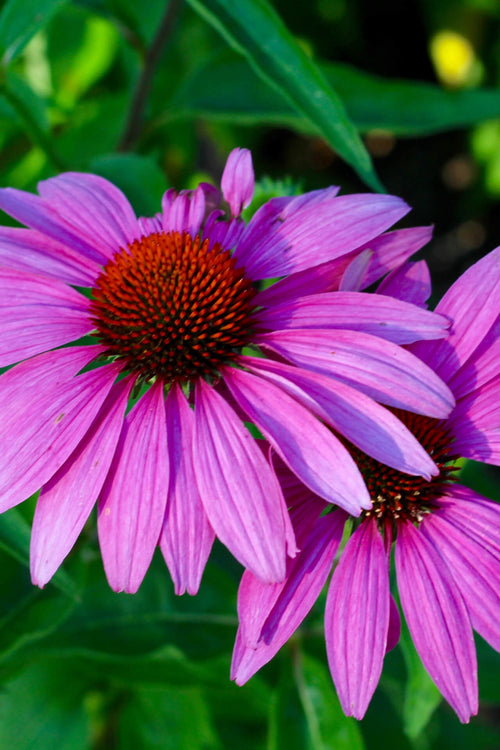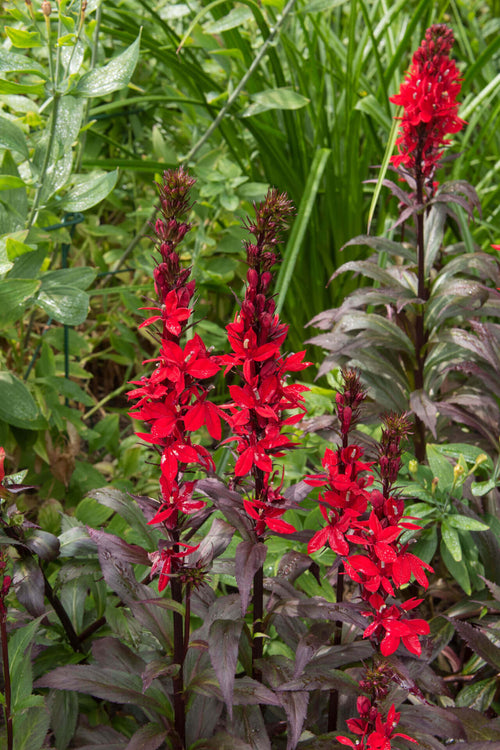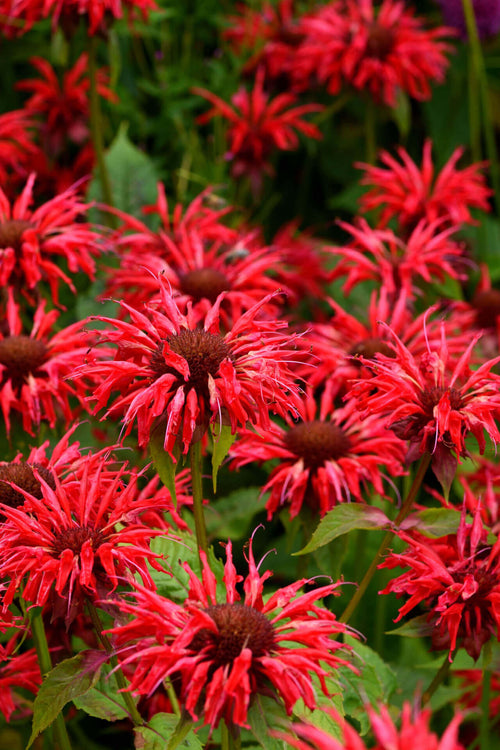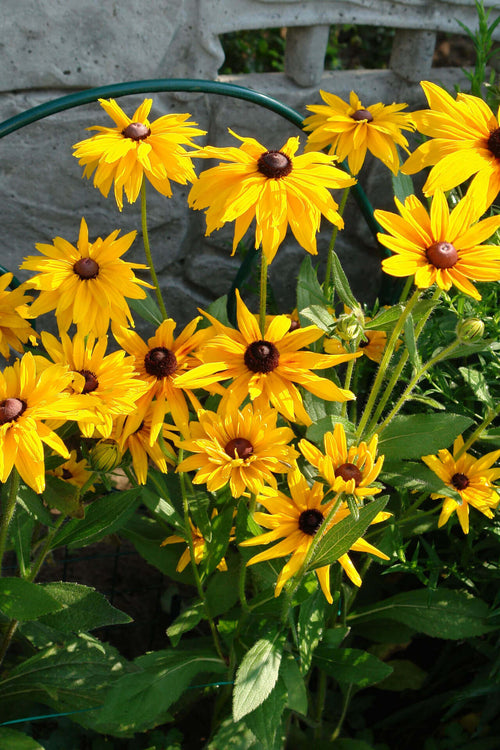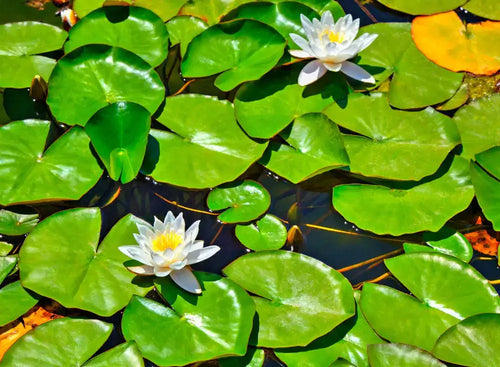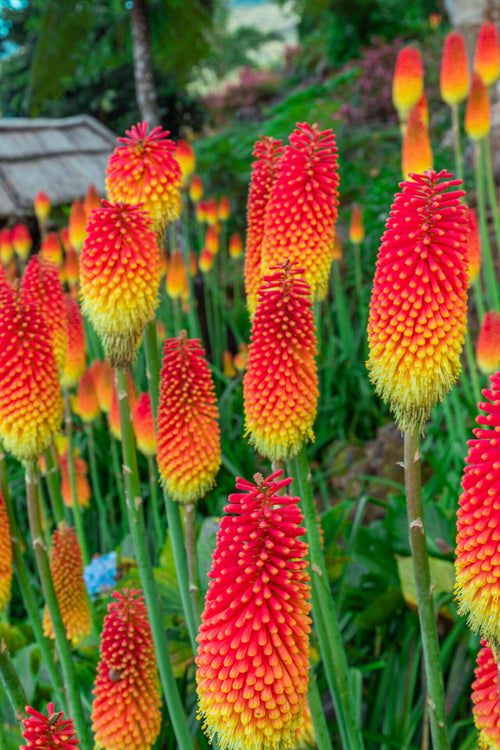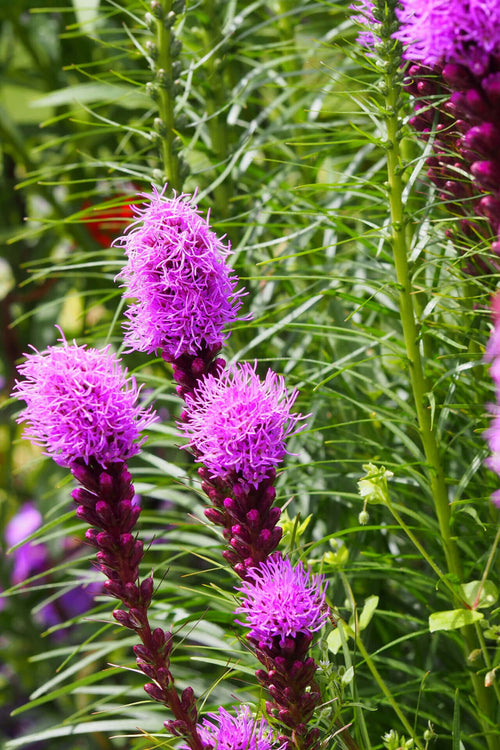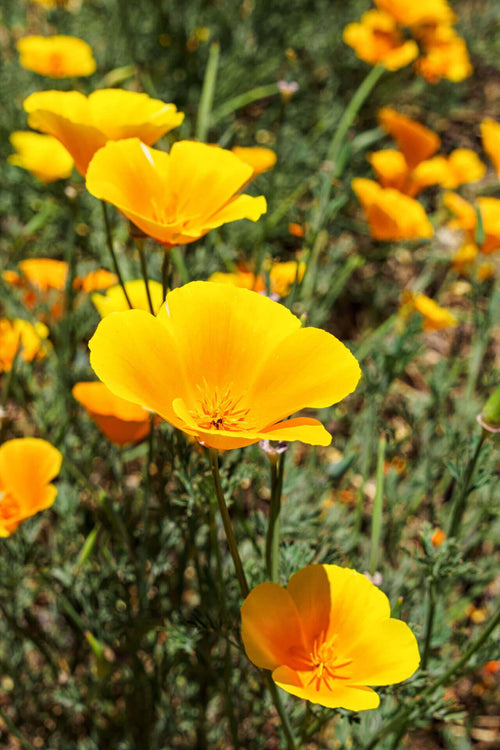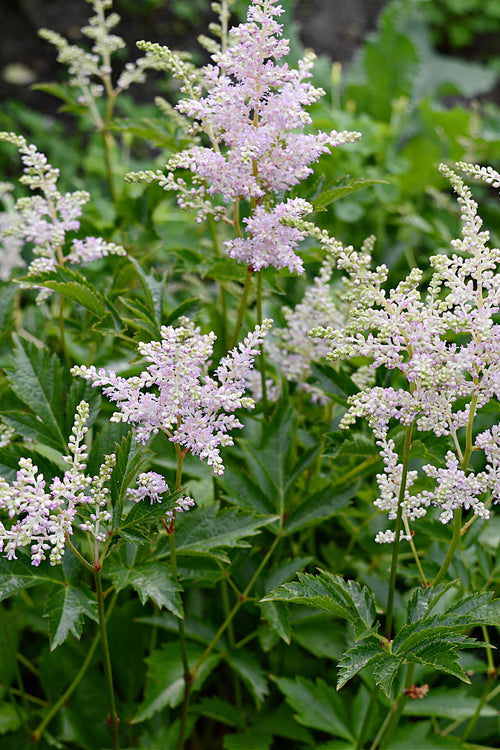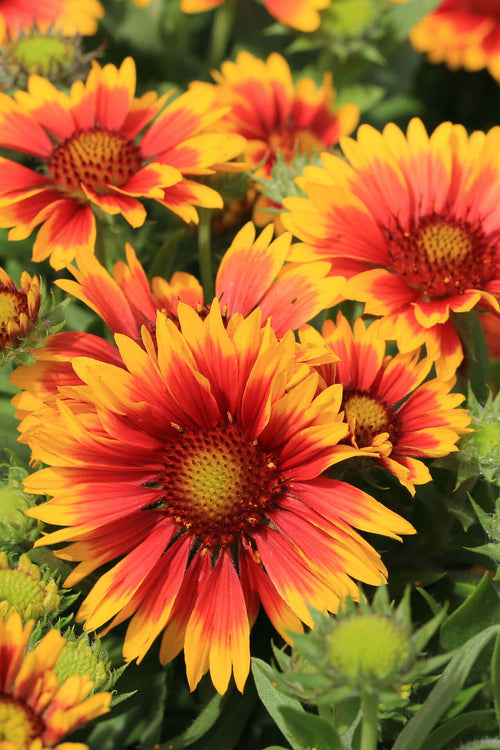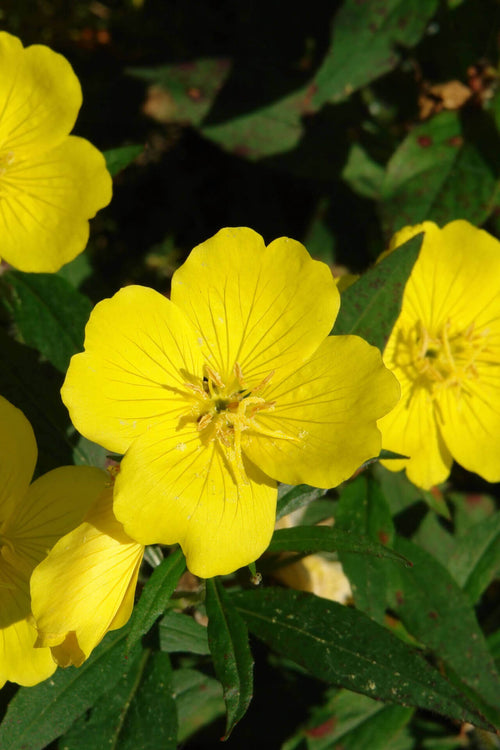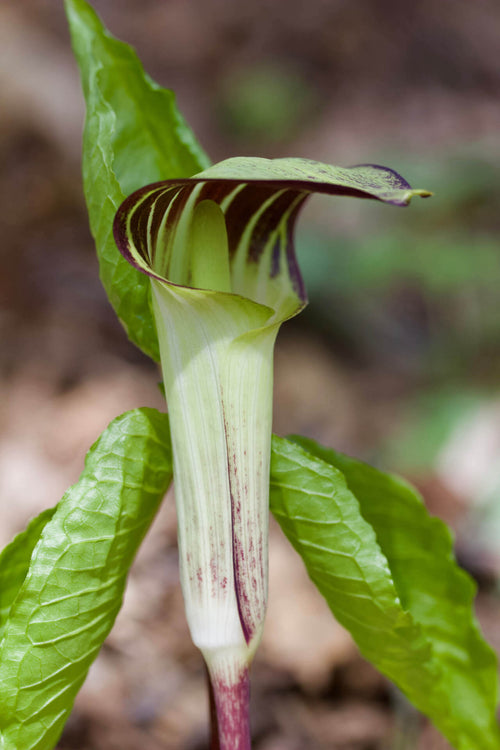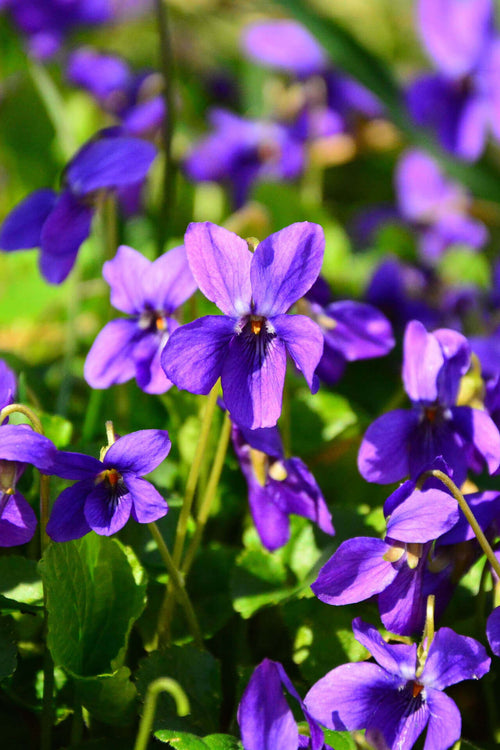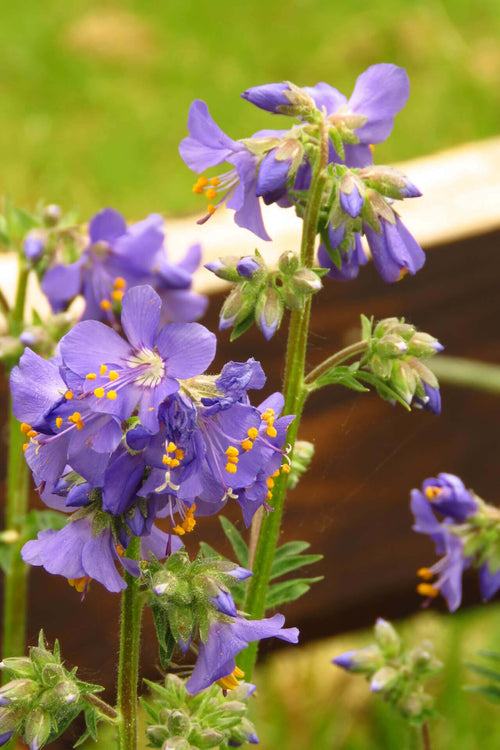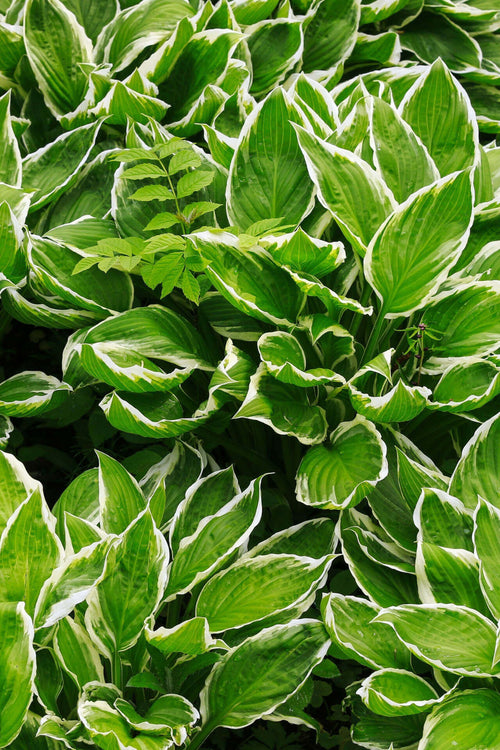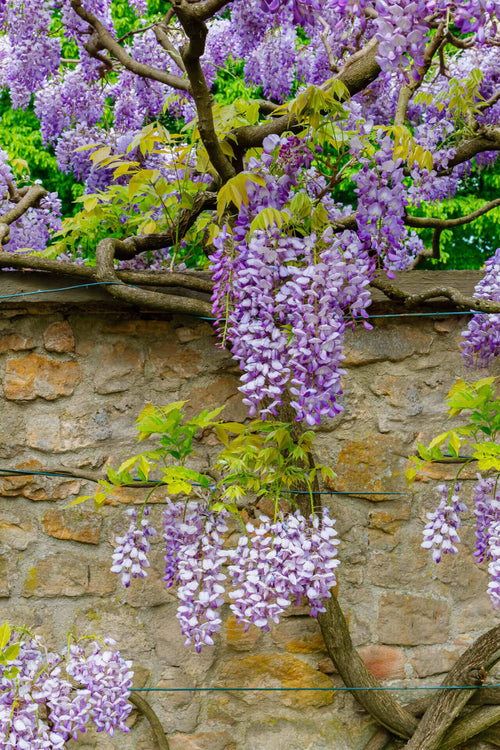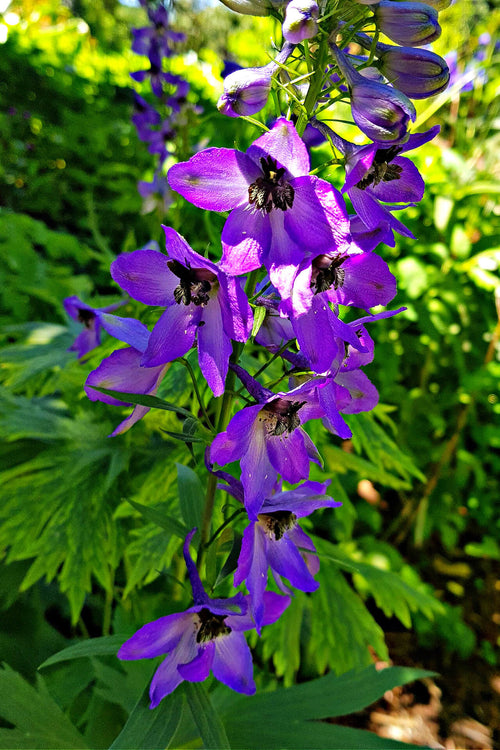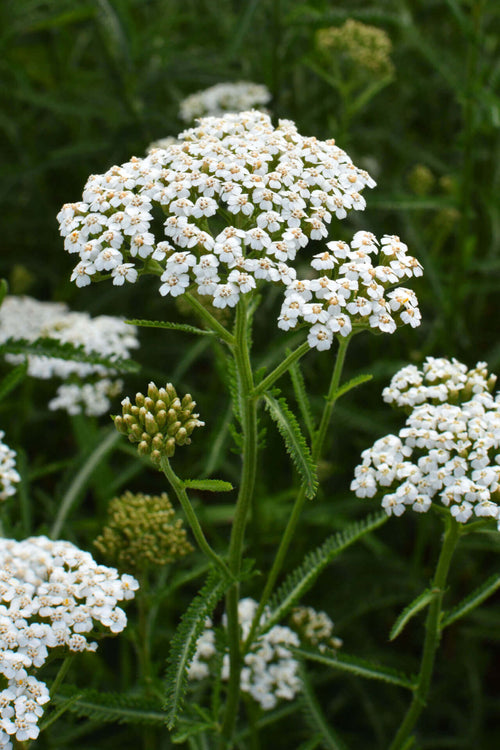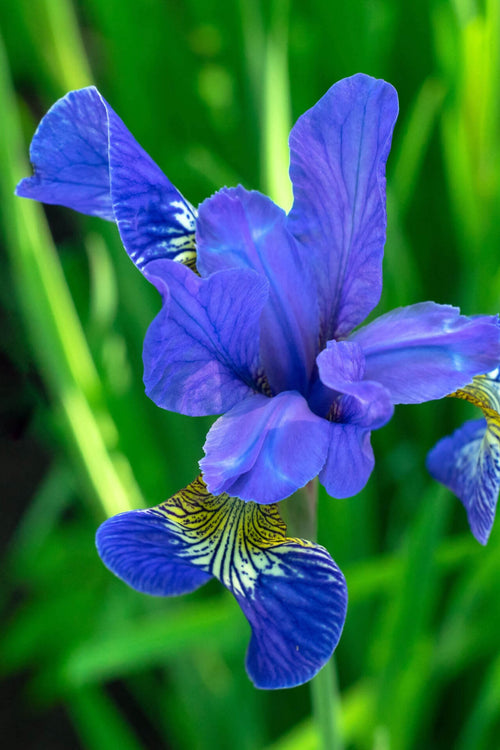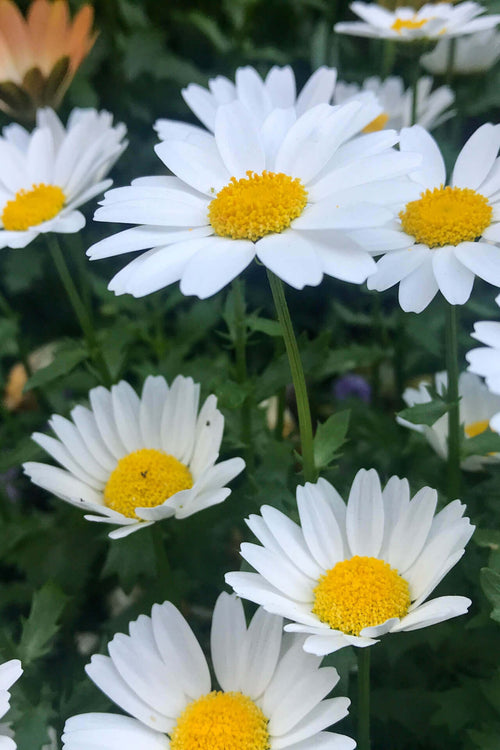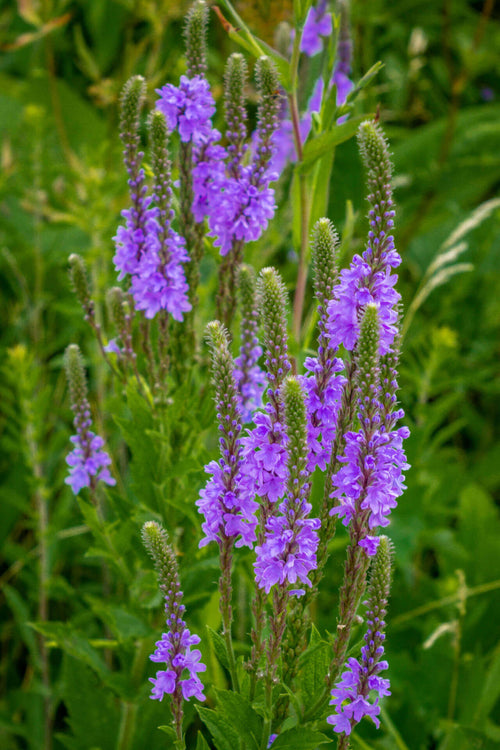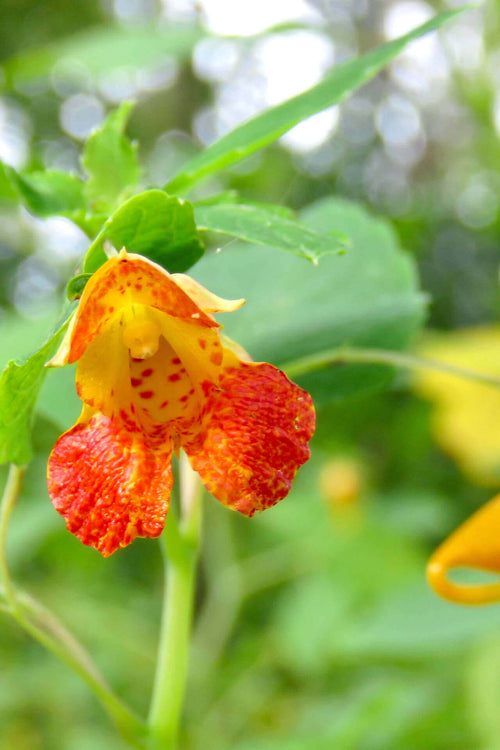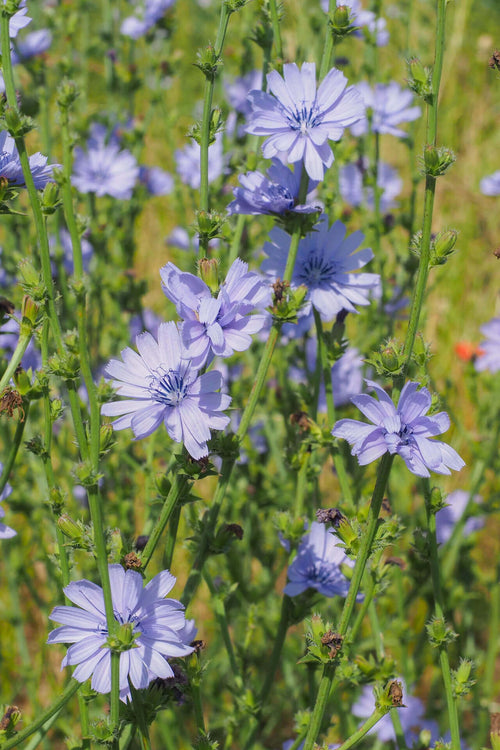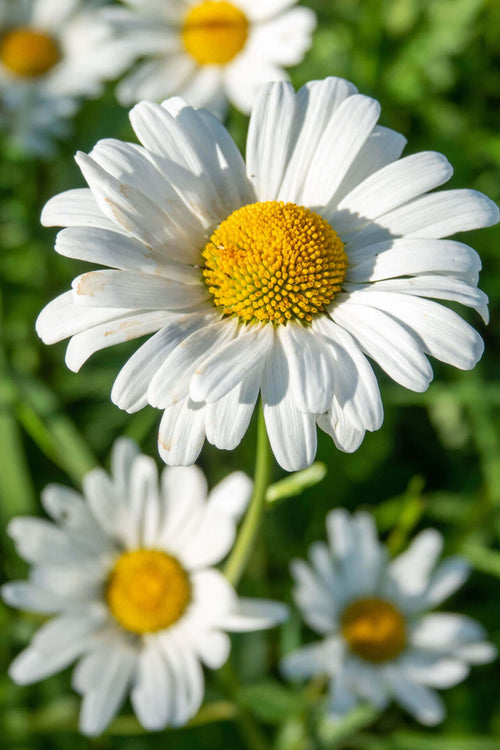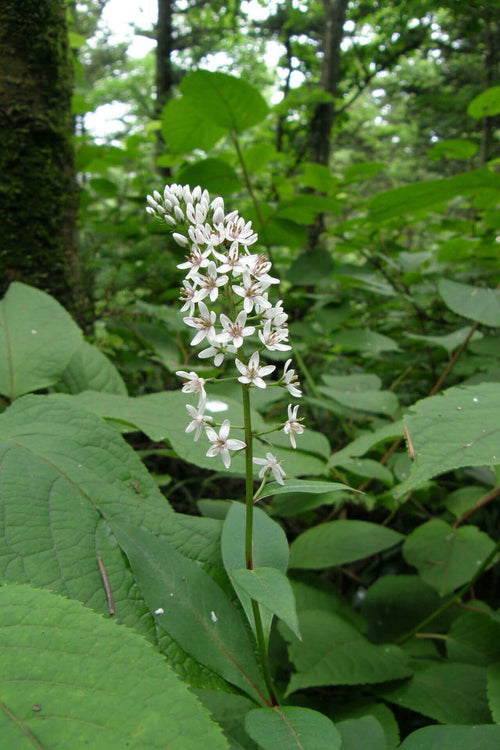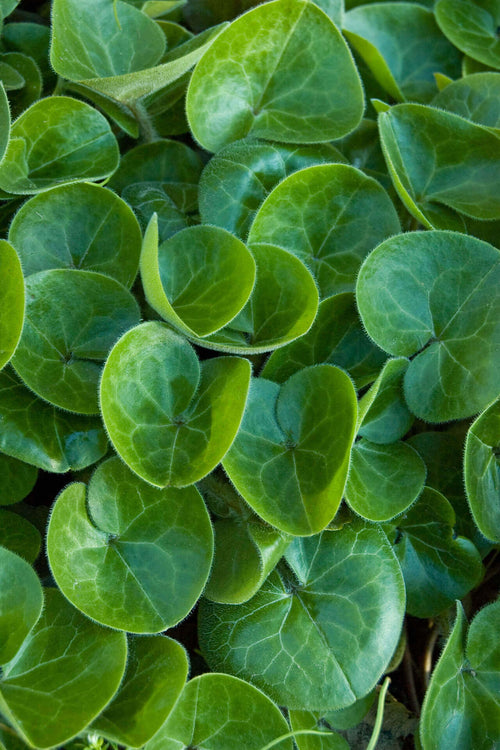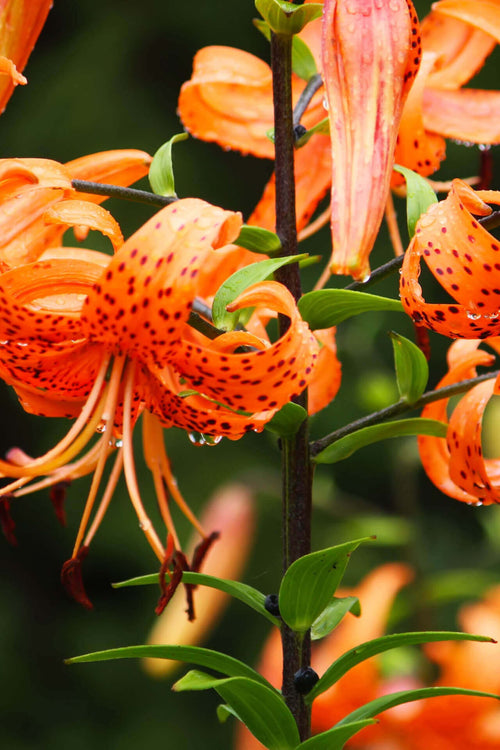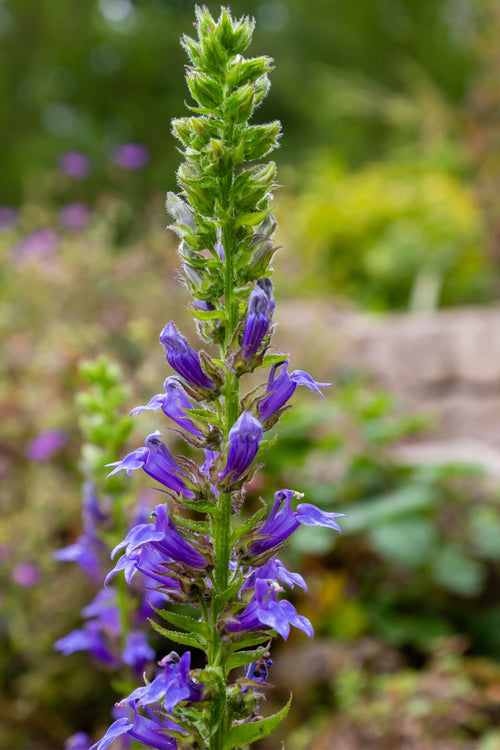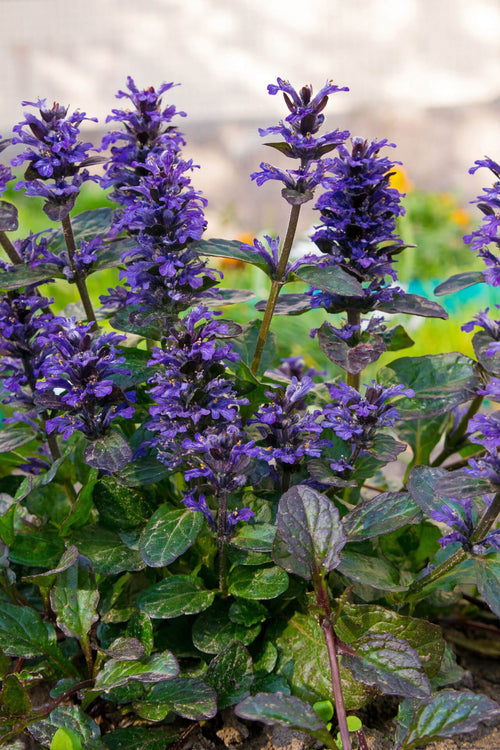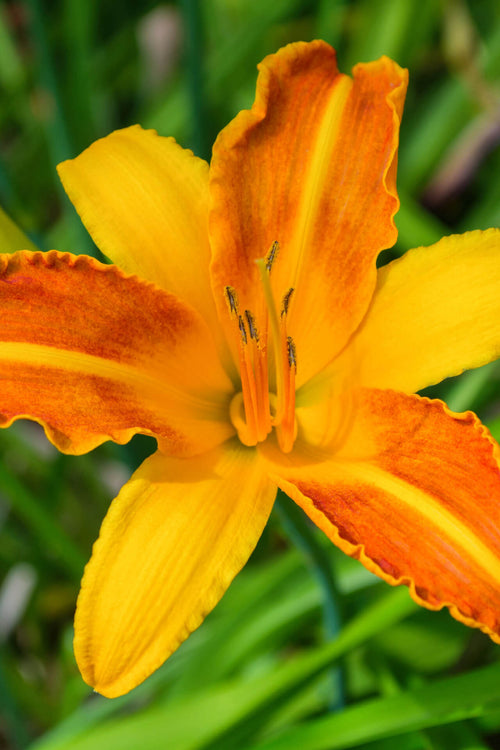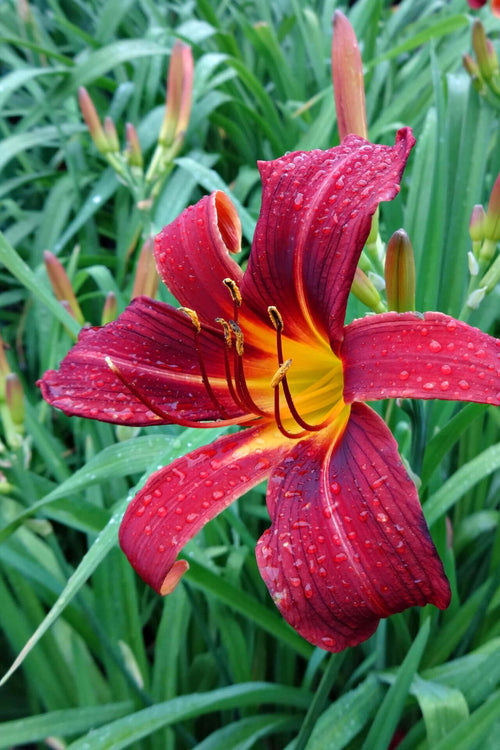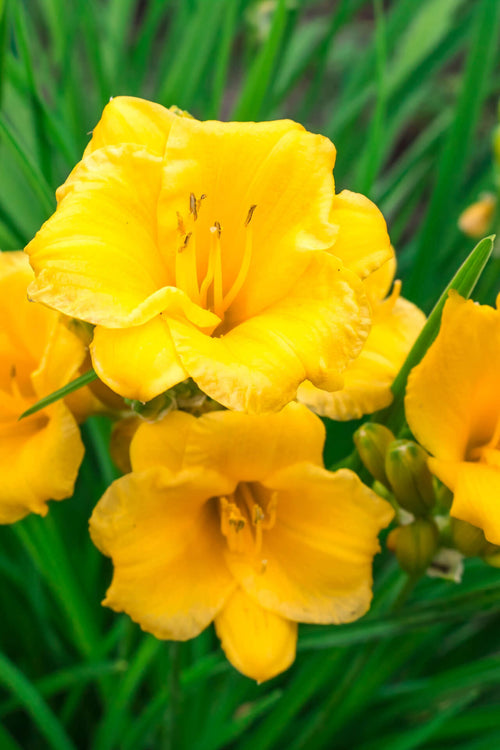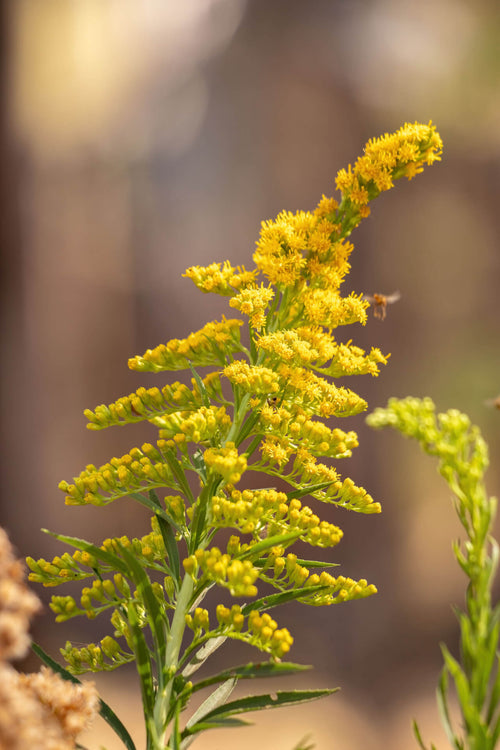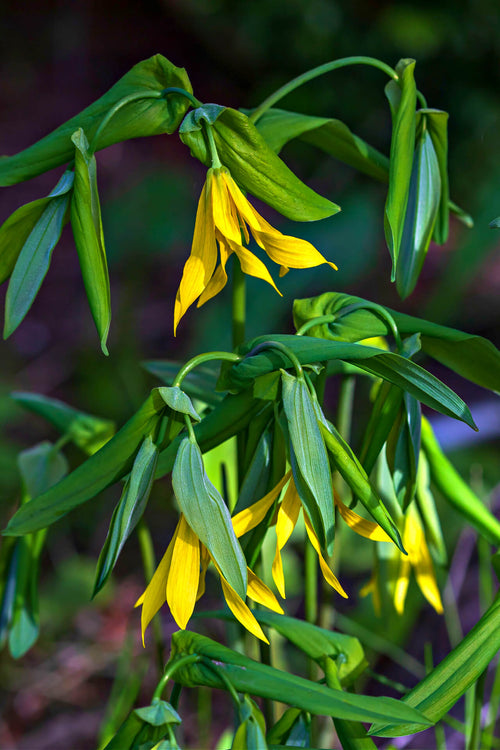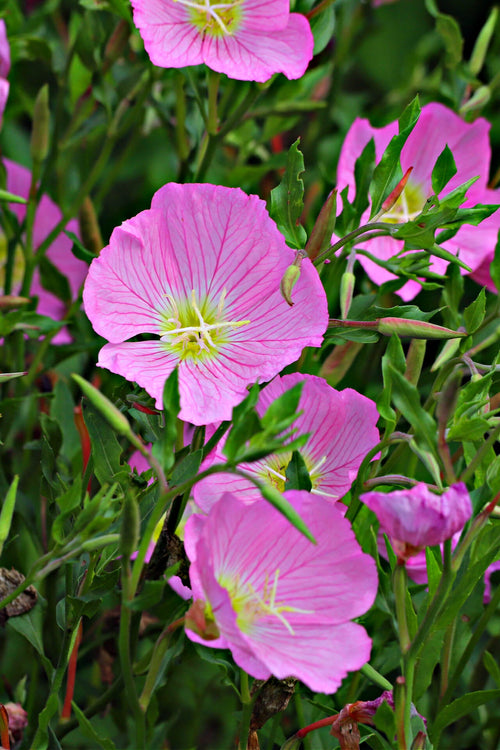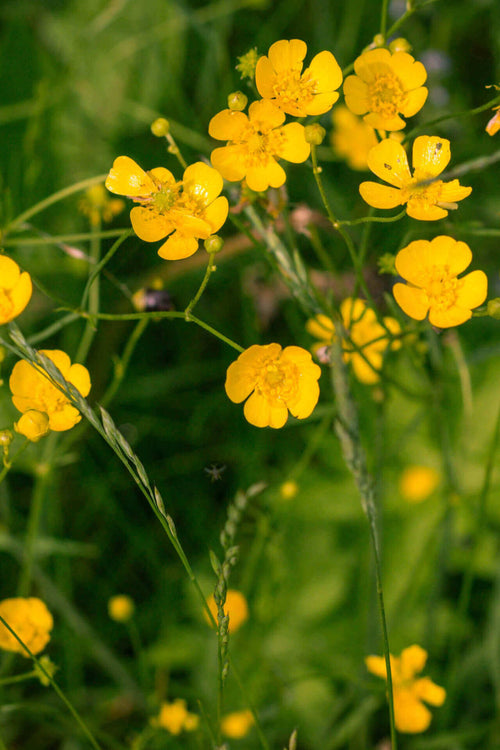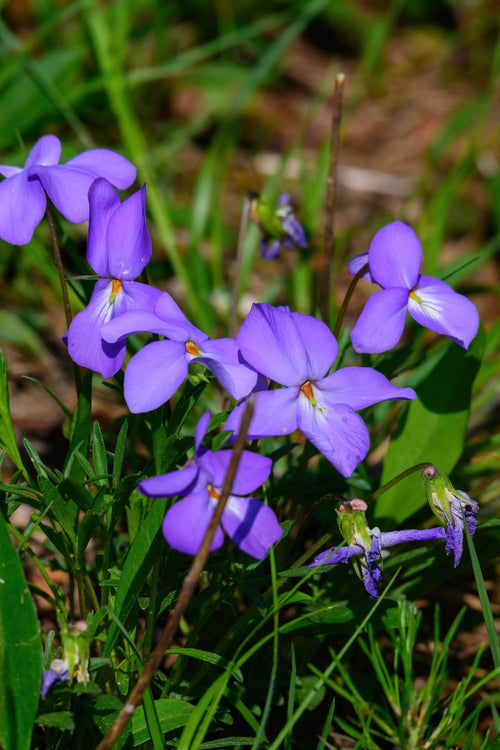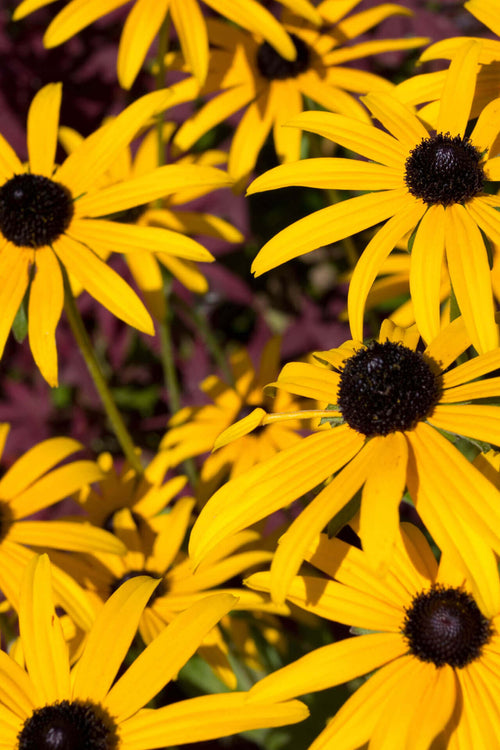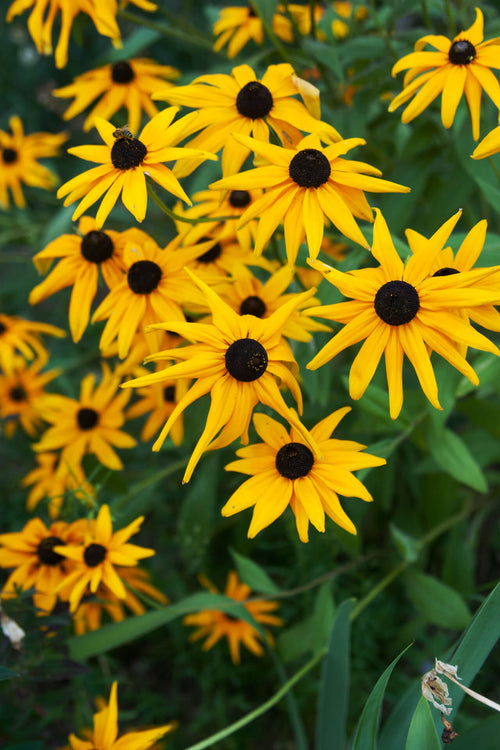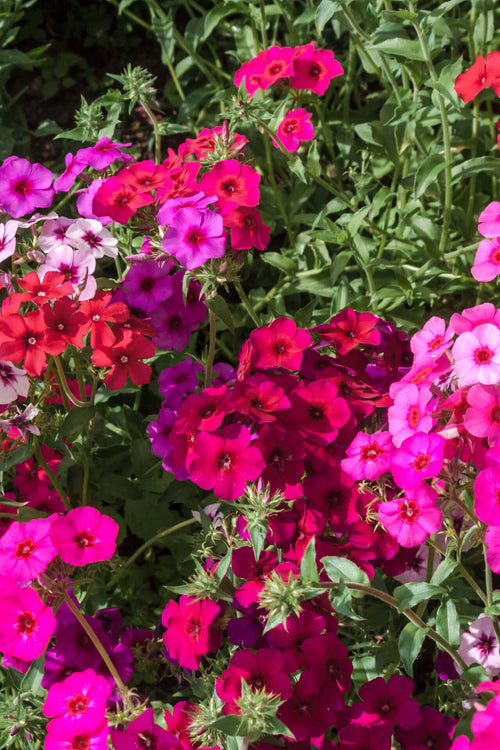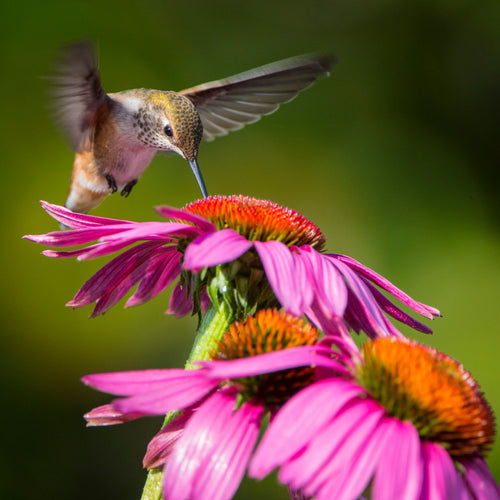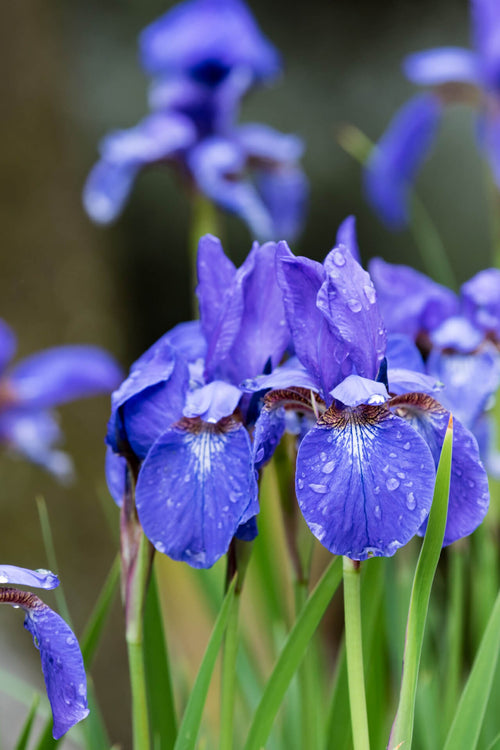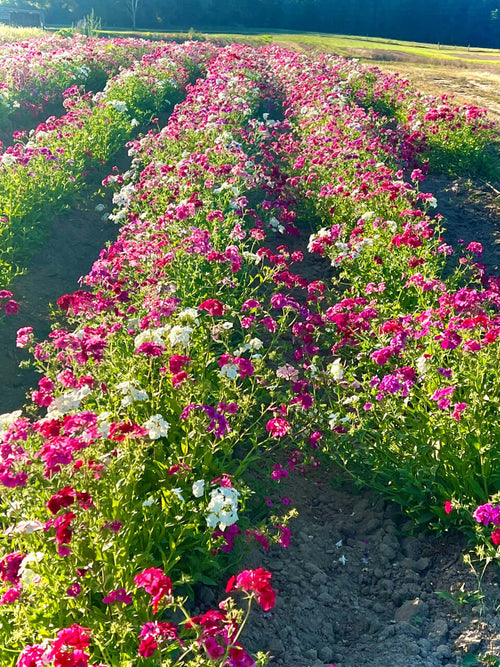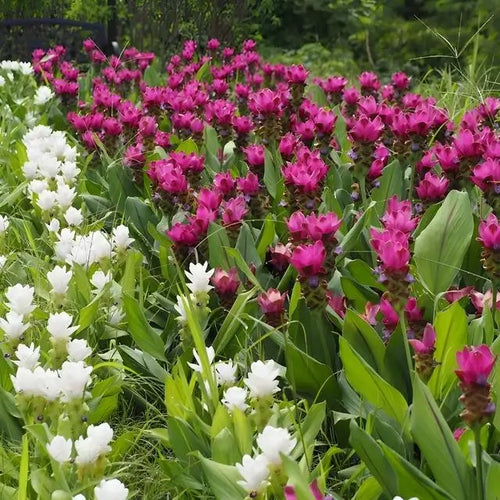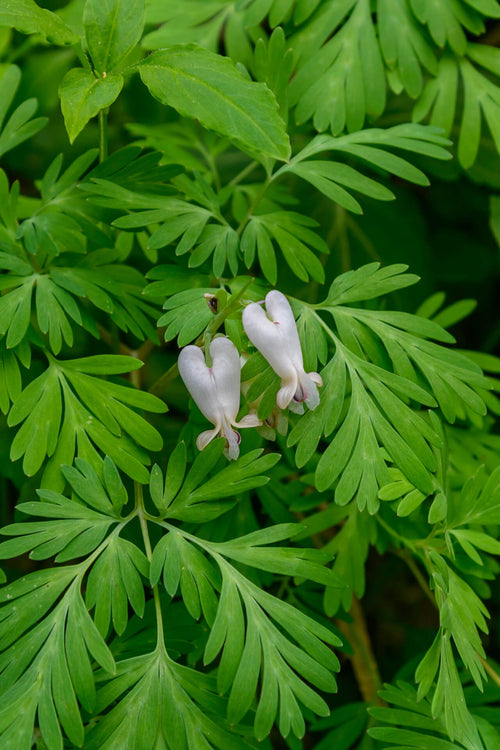Milkweed Plant
The milkweed plant is known for attracting monarchs. It is a native perennial with clusters of showy, pink to mauve flowers and lance-shaped leaves. The plant attracts pollinators while thriving in moist, wetland habitats. It boasts numerous benefits when incorporated into landscaping designs. Its unique features contribute to outdoor spaces' aesthetic appeal and ecological value. With clusters of vibrant and captivating flowers, it adds a burst of color and charm to gardens while also serving as a vital component in supporting local ecosystems.
Milkweed Plant - Asclepias Incarnata
The Asclepias Incarnata variety of Milkweed is a flowering perennial that, in addition to its ornate floral growths, is highly beneficial for local ecosystems. Today, we will examine this truly stunning and unique plant. The Asclepias Incarnata Milkweed can grow to about 59 inches tall and is known for the vibrant, clustering flowers at the top of the narrow stem. The flowers have a purplish-pink hue and pink shafts reaching the main plant stem. The plant's leaves have a sword-like shape and a deep green hue that remains for most of the year.
When the flowers are in full bloom, they create a stunning contrast against the natural earth colors of the leaves, making them stand out in any garden or landscape. The Asclepias Incarnata Milkweed has opposite leaves that grow in pairs on either side of the stem. Thus, the plant alone has an elegant, tidy, and elegant air. The green leaves work well in drab areas of your garden that could use some brightening. Aside from the innate beauty of Asclepias Incarnata, with its green foliage and glowing pink flowers, this plant also attracts a different kind of beauty-monarch butterflies.
The nectar of the Asclepias Incarnata Milkweed is the only known food source for the larvae of monarch butterflies - That's a Primary Reason Monarch are now going extinct
The monarchs will frequently visit these flowers to nourish themselves with their nectar and lay their eggs in them so the larvae can thrive. As a perennial with rich, nectar-filled flowers, the Asclepias Incarnata Milkweed attracts beautiful hummingbirds. The shifting colors of the hummingbird breast will also contribute to the palette of your outdoor areas.
The length of the Asclepias Incarnata leaves varies from 2 ½ inches to 6 inches. They are narrow and have light green veins running through them. They don't grow densely, leaving the flowers to take center stage in their bouquet. The near-neon hue of this Milkweed's flowers makes them great companion pieces for other bright-blooming flowers. Gardeners and landscapers like to plant this variety of Milkweed to add a splash of unique color that instantly breathes new life into dull spaces.
Benefits of Milkweed (Asclepias Incarnata)
Yes, the Asclepias Incarnata looks stunning in full bloom. However, there are perhaps even more important reasons you should consider adding this perennial to your garden. It's A Native Plant - The Asclepias Incarnata Milkweed grows natively in North America. They have been observed to grow wild from Texas to Nova Scotia. This means they will be easy for you to plant, cultivate, and maintain even if you don't have much gardening experience.
Asclepias Tuberosa Plant Supports the Local Honey Bee Population
Honeybees are vital to your local ecosystem as they are natural pollinators. In fact, according to Farmers.gov, honey bees are responsible for the pollination of nearly 80% of our flowering plants. Keeping Milkweed can attract bees that pollinate your garden's flowers and other plants. The honey bee population is dramatically declining, and providing sanctuaries for these critical links in the ecosystem has never been more important.
Keeps Pests Away
Asclepias Incarnata contains a natural latex that repels invasive insects and animals that would otherwise feast on the plant. This Milkweed in your garden can, therefore, repel these pests and keep your other plants healthier. Ornamental Value - If you look closely at the flowers, you will see they are made of smaller, intricate flowers. This gives them a stunning appearance, while the purple-pink coloration adds ornamental value to many landscapes. Plus, the flowers have a fragrant aroma that some have said is reminiscent of cinnamon.
T Monarch Butterfly Population-Like honey bees, the monarch butterfly population is in decline. Some leading conservation groups have even classified them as endangered. You can do your part to support the migration patterns of the Monarch butterfly by keeping the Asclepias Incarnata Milkweed in your garden.
Milkweed F.A.Q.s If you still have questions about the Asclepias Incarnata Milkweed, please look at the following answers to some of the most common questions:
Is Asclepias Incarnata Sun or Shade?
The Asclepias Incarnata Milkweed does well in full sun or partially shaded areas. However, the seeds germinate quickly with heat, so these plants need at least some direct sunlight.
When do you Plant Asclepias Incarnata? The best time to plant this Milkweed is in the fall when the soil is likely wet. The Asclepias Incarnata prefers wet and moist soil, so if your area receives a good amount of rain in the Spring, you can also plant it in early Spring.
How Tall are Asclepias Incarnata Milkweeds During Maturity? The Asclepias Incarnata Milkweed can grow to about five feet tall depending on how it is maintained and how much room the root system has to grow.
When Should I Prune Asclepias Incarnata? The best time to prune this plant is in the Spring before it sprouts new growths. Pruning helps make the plant look more attractive and encourages the development of new leaves. However, it may not be necessary if the plant is already healthy.
Do Monarchs Like Asclepias Incarnata? Absolutely. The females lay their eggs on them as they provide a food source for Monarch butterfly larvae. Adult monarch butterflies are also attracted to the nectar of the Milkweed flowers.
Your Milkweeds Are Here. No matter what type of Milkweed plant you want, we have them available here at TN Nursery. We offer a 100% satisfaction guarantee, making us a perfect choice for experienced and new gardening enthusiasts. Order now to paint your outdoor spaces with vibrant colors.
It is a tall plant noted for its pink to purple flowers. It is one of 115 plants in the Asclepiadaceae family, named after Asklepios, the Greek god of medicine.
This is appropriate because it is known for containing high levels of cardiac glycosides, which are used in some treatments for heart disease. This same substance also serves as the only source for Monarch butterfly larvae.
Where Does Milkweed Grow
It is native to the midwestern and eastern regions of the United States and Canada, but it can also be found further west. It is most commonly found in more open habitats, such as pastures, prairies, fields, and roadsides. It needs total sun to grow but can tolerate light shade as well. You’ll typically find it commonly clustered together into large patches, which are called colonies.
It can grow to be over five feet tall. The foliage can grow up to 8 inches, elongated nearly four inches wide, and is somewhat thick. The upper part of the oval-shaped leaves is usually darker greenish, while the underside is much lighter green and sometimes even white. When cut, both the leaves and the stems reveal a milky latex. The flowers can grow nearly an inch long and half an inch wide with a midrib that runs beneath them. They have a pink to purple coloring over them with a greenish tint and are very sweetly scented.
Milkweed Plant Has Striking Pink-Purple Blooms
The pink-to-purple colors contrast nicely against lush green fields and dry yellow prairies. Gardeners like it for its distinctive appearance and sweet, fragrant aromas. Find Milkweed and more at TN Nursery.
Another reason why gardeners often like it is that it serves as the host plant for the beautiful monarch butterfly. These butterflies will lay their eggs on it, and as mentioned previously, the nectar also serves as the only food source for the Monarch larvae.
Gardeners who like monarch butterflies or are otherwise concerned about their declining population can grow it to provide these butterflies with a natural habitat.
The flowering perennial is named for its cardenolide-bearing latex, which benefits butterflies and insects. Monarch butterflies use and require specific species, including Asclepias syriaca and Asclepias incarnata, as host plants: their genus name, Asclepias, honors Asklepios, the Greek god of medicine.
Asclepias contains hundreds of species native to Africa, North America, and South America. Asclepias syriaca and Asclepias incarnata are native to the American continents and standard across the central and eastern United States. The sun-loving Asclepias syriaca grows naturally in fields, prairies, and pastures, while Asclepias incarnata grows along creeks, ponds, and bogs. Their flowers typically bloom from June through August.
Asclepias produces complex blossoms that have similarities to orchids. Their large, spherical clusters of five-petaled blossoms are at the top of their thick stems. Each Asclepias growth usually carries two to five clusters of flowers. The individual blossoms are about three-quarters of an inch long and emit a strong, sweet fragrance. Asclepias syriaca has greenish-pink to rosy pink blooms, while Asclepias incarnata's flowers tend toward a brighter purplish-pink hue.
It can grow up to five feet tall. Their thick, bright green leaves are six to eight inches long and two to three-and-one-half inches wide. The leaves' upper surfaces are darker than their whitish undersides.
Asclepias plants form colonies in nature and landscapes and need room to spread out. Asclepias incarnata is highly ornamental and fairly quickly contained, making it well-suited to perennial, butterfly, and pollinator gardens. Asclepias syriaca works well in meadow gardens without defined borders.
They increase from seed and spread as their rhizomes expand. They can be propagated in the late fall or early spring. Asclepias syriaca and Asclepias incarnata are the food sources for monarch butterflies, beetles, moths, and other insects that evolved to feed on their nectar. In the midwestern and northeastern regions of the United States, their leaves are the most crucial source of nourishment for monarch caterpillars, and their presence helps to fortify and increase monarch populations.
Planting Milkweed Will Bring the Butterflies to Your Garden
If you want to encourage monarch butterflies and other pollinators to make your garden home, you'll surely want to add Milkweed Plant to your landscape.

